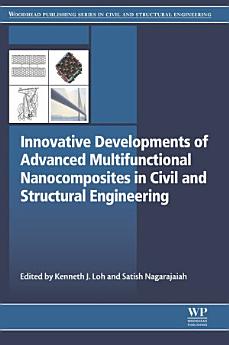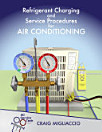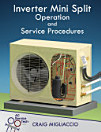Innovative Developments of Advanced Multifunctional Nanocomposites in Civil and Structural Engineering
Tungkol sa ebook na ito
Tungkol sa may-akda
Dr. Kenneth J. Loh is the Director of CITRIS at UC Davis and an Associate Professor in the Department of Civil & Environmental Engineering at the University of California, Davis. He received his B.S. degree in Civil Engineering from Johns Hopkins University in 2004. He continued his graduate studies at the University of Michigan where he completed his M.S. degree in Civil Engineering in 2005, a second M.S. degree in Materials Science & Engineering in 2008, and the Ph.D. degree in Civil Engineering in 2008. His research interests include the development of multifunctional nanocomposites and biologically-inspired materials for sensing, actuation, and power harvesting applications.
Prof. Satish Nagarajaiah holds a joint appointment between the Civil and Environmental Engineering Department, and the Mechanical Engineering Department at Rice University. He has tenured as a full professor since 2006. Satish obtained his Ph.D. (1987-1990) from the State University of New York at Buffalo, where he was a post-doctoral researcher before starting his academic career in 1993. Prof. Nagarajaiah's teaching and research interests are in the areas of structural dynamic systems; seismic protection; earthquake engineering; smart structures; system identification; and structural health monitoring and applied Nanotechnology. Satish's research is funded by the NSF, NASA, Department of Energy, Air Force Office of Scientific Research, Office of Naval Research, other State, Federal, Private Agencies and Industries. The National Science Foundation has awarded Satish the prestigious faculty early CAREER award for innovative research in Adaptive Stiffness Structures.




